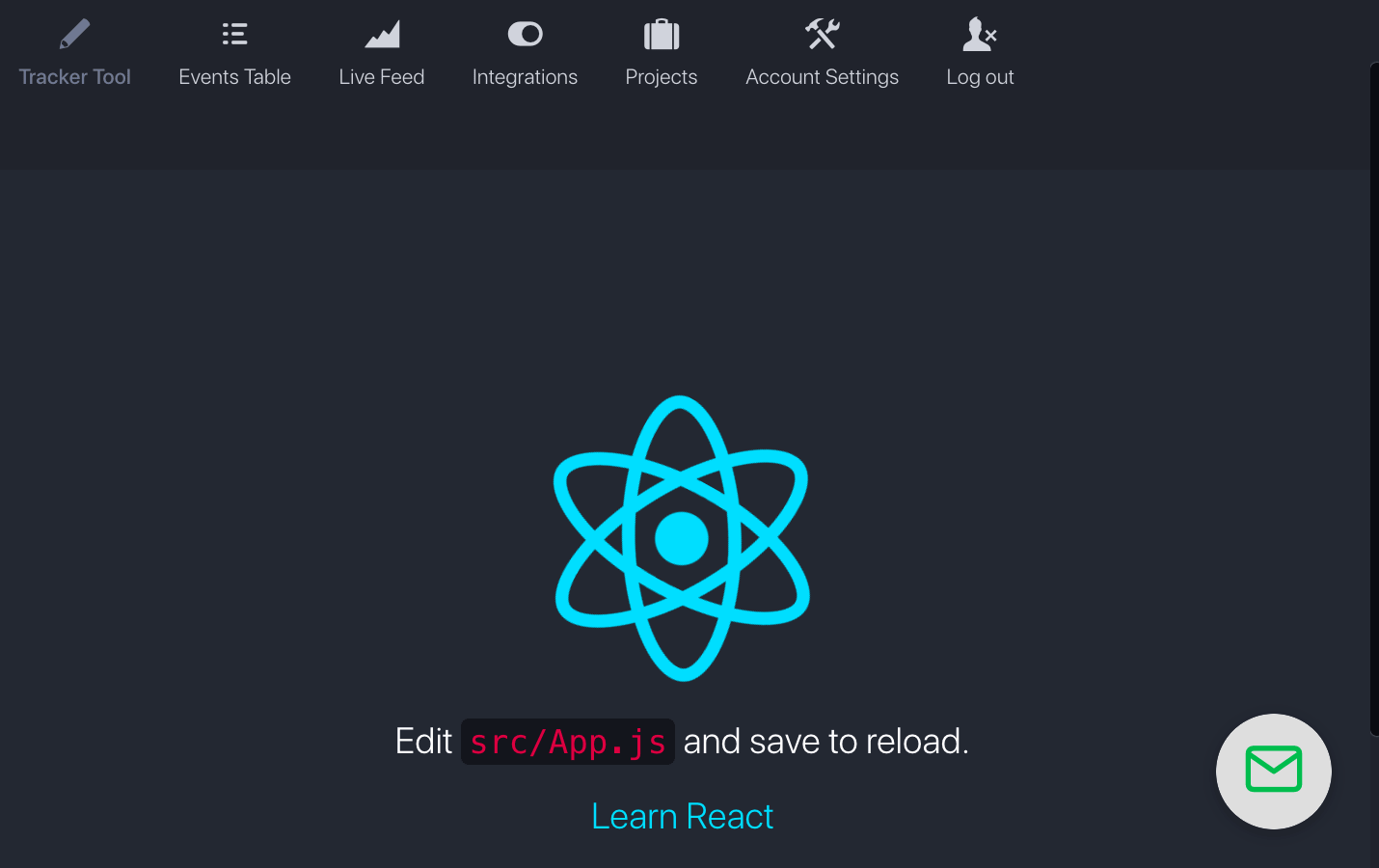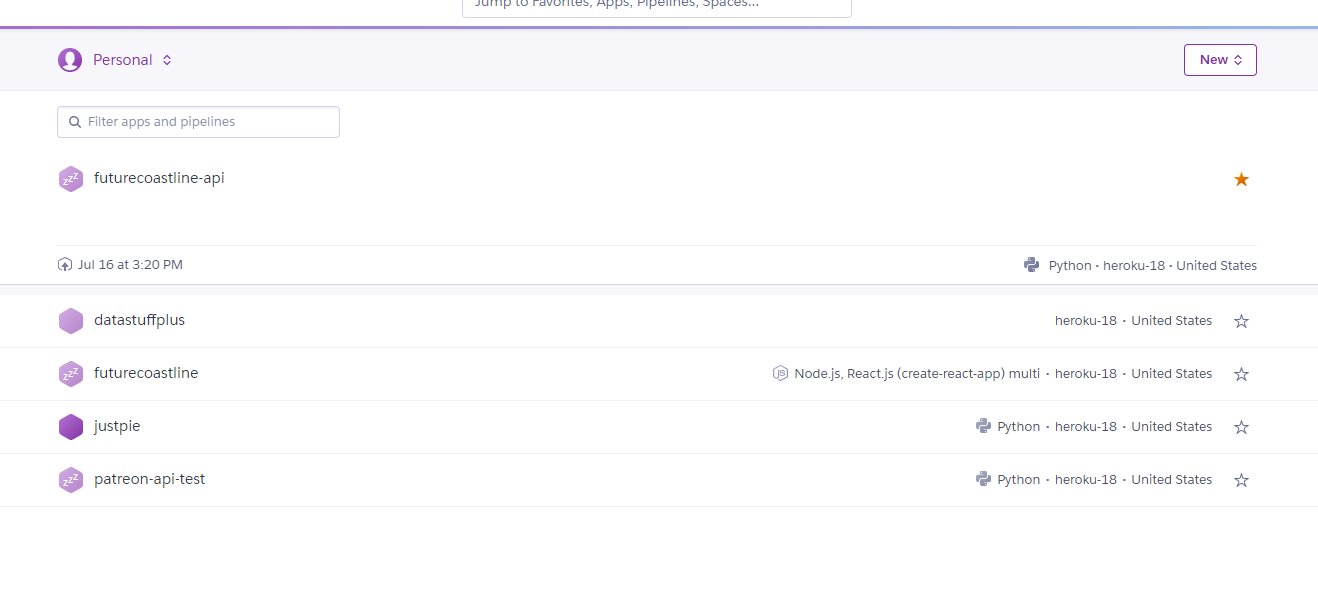

This will open a new tab in your browser on which our app will be displayed. Now we've successfully created a fully customizable React app that we can access by using the following command in our app's folder: Next, we will create a React application simply using the command: This will install create-react-app and let us use it globally, in our OS command prompt. Now, it's time to navigate to project folder and run the command: We can download the react.js file from a CDN and use it on our plain HTML, but what create-react-app does is provide us with a stable fully-built React implementation, with many other useful frameworks inside like Webpack, Babel, React Router, etc. This console emulator includes some useful Unix commands like ssh_keygen, which we are going to need to authenticate via SSH with Heroku's Git servers. In this guide, I'm going to be using the Cmdr command prompt for Windows. These commands let us not only run our React frontend but also, our Node backend. After we download and install it, we're going to be able to use the node and npm commands in our command prompt or shell. This handy package manager will help us get create-react-app. These steps aren't exactly the same on a Unix machine (Linux or Mac), but with a few changes, you'll be able to emulate it perfectly well.įirst, we're going to need NPM which stands for Node Package Manager. I'm doing this on a Windows 8.1 64-bit machine so be aware of that context. You might have noticed there's no link to download React, and that's because we're going to do it from the command line with a neat command named create-react-app. This is a customizable aspect of the framework that you can tweak and optimize.


React then renders susceptible Component Objects on the Virtual DOM, and by susceptible, I mean they are very perceptible and reactive to the change in their environment, each one, prompting a re-rendering of the Virtual DOM. The object that contains the document is the window object, and its data can be accessed as well. This comprises of folders and files, which form the aforementioned Object Model which can be accessed by a global variable, or object, called document. The DOM, or Document Object Model, is basically the website you get when you access a URL in your browser. Essentially, React builds a Virtual DOM on top of the DOM. React is a client-side library as opposed to server-side frameworks like Node, PHP or JSP. When programming with React we use a syntax called JSX, which stands for JavaScript XML, meaning a combination of Javascript and Markup Language. React is a frontend library built with Javascript that executes in the client's browser.


 0 kommentar(er)
0 kommentar(er)
